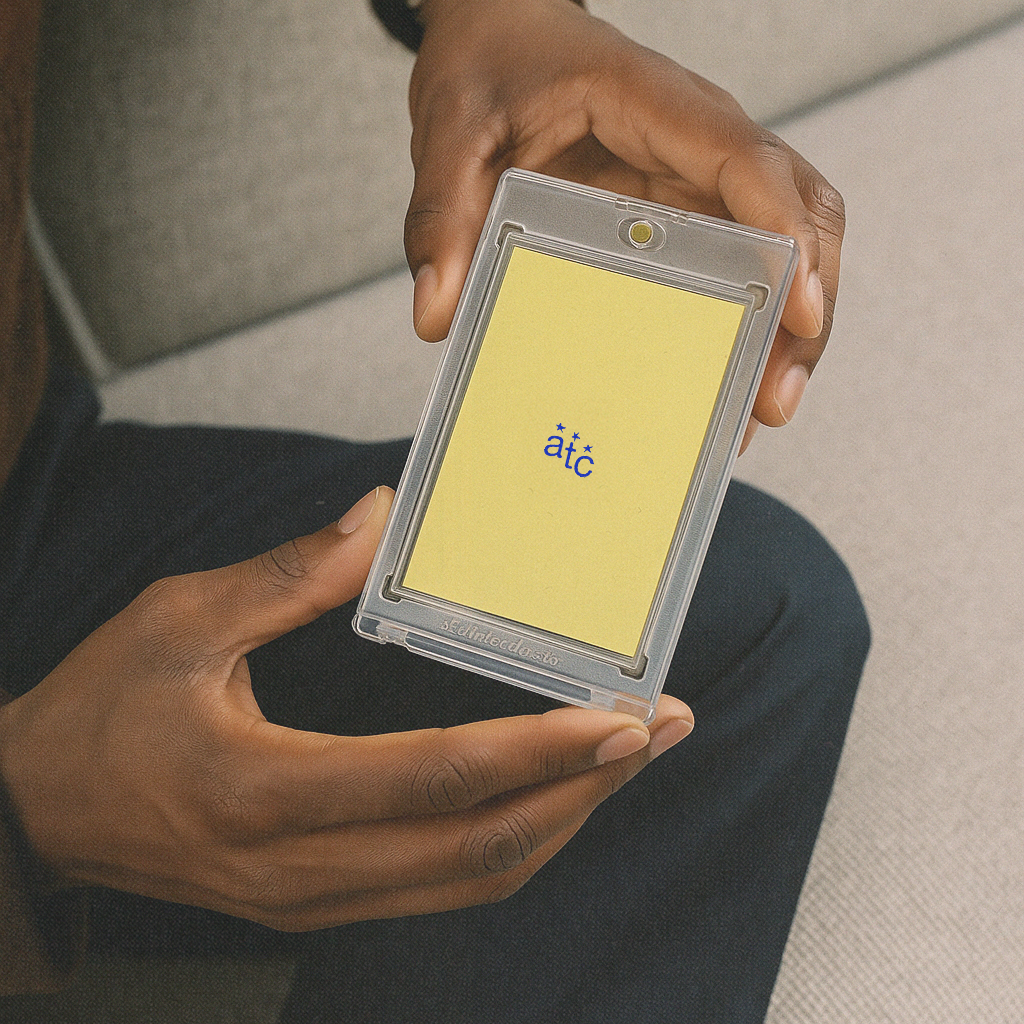The Rise of Music Collectibles: A Look at the Market for Music Memorabilia
In an era dominated by streaming and digital media, physical music memorabilia is experiencing a powerful resurgence. From vinyl reissues to limited-edition TapCards, today's fans crave tangible, collectible experiences.

Music collectibles are no longer just souvenirs — they are access points, status symbols, and investments. Here's why music memorabilia is entering a new golden age, and how leading artists are shaping the future.
A Brief History of Music Memorabilia
Music memorabilia has always been a reflection of fan culture. In past decades, collectibles included concert posters, limited-run vinyls, signed albums, and backstage passes. Bands like The Beatles, Led Zeppelin, and Grateful Dead cemented the tradition — fans traveled cross-country just to collect tour merch, posters, and bootleg recordings.
Today, while the formats have evolved, the emotional connection remains the same. Fans still want to own a piece of the artist's story — but with a modern twist.
Why the Market Is Booming Again
Several key factors are fueling the resurgence of music collectibles:
- Nostalgia: Even younger fans crave the authenticity of vinyl, posters, and tangible merch experiences.
- Scarcity and Exclusivity: Limited drops drive excitement — for example, Taylor Swift's limited vinyl editions for Midnights sold out within hours.
- Digital Fatigue: In a sea of endless content, owning something tangible feels more meaningful.
- New Technology: Innovations like NFC-enabled TapCards (powered by All Time Classic) combine physical collectibles with digital experiences.
Market Insight: According to IFPI's Global Music Report, physical music sales — led by vinyl — grew by 17.1% globally in 2023, signaling that tangible formats are more than just a niche comeback.
How Modern Collectibles Are Different
Today's music collectibles aren't just static memorabilia — they're living experiences. Brands like All Time Classic are leading the charge by blending the tangible and the digital with TapCards: collectibles that unlock exclusive music, behind-the-scenes content, fan rewards, and more through a simple tap.
Real examples:
- Teddy Swims bundled 8,000 TapCards with his VIP tour packages, giving fans evolving content long after the concert ended.
- JENNIE (of BLACKPINK) used TapCards for a global pre-save and collectible drop tied to her single "Ruby."
- girl in red released limited Relic Cards that gave superfans tap-to-access content alongside anniversary memorabilia — driving loyalty and direct fan onboarding.
Today's fans don't just want memorabilia — they want experiences they can tap into, collect, and revisit.
The Future of Music Memorabilia
The next generation of music collectibles will blend scarcity, technology, and emotional connection. Artists will offer items that not only represent a moment in time but also evolve — offering new content, exclusive access, or hidden bonuses over time.
Imagine:
- Tour posters that unlock unreleased demos.
- Vinyl pressings that come with lifetime access to exclusive fan-only livestreams.
- Cards that grow in digital value the more fans engage.
TapCards are setting the blueprint for this future — merging the timeless appeal of collectibles with the dynamic world of digital content.
Key Takeaway
Music collectibles are no longer relics of the past — they are vital to the future of artist-fan relationships. Fans want real ownership, real experiences, and real connection. The smartest artists are finding ways to meet them there — with memorabilia that's smarter, deeper, and timeless.